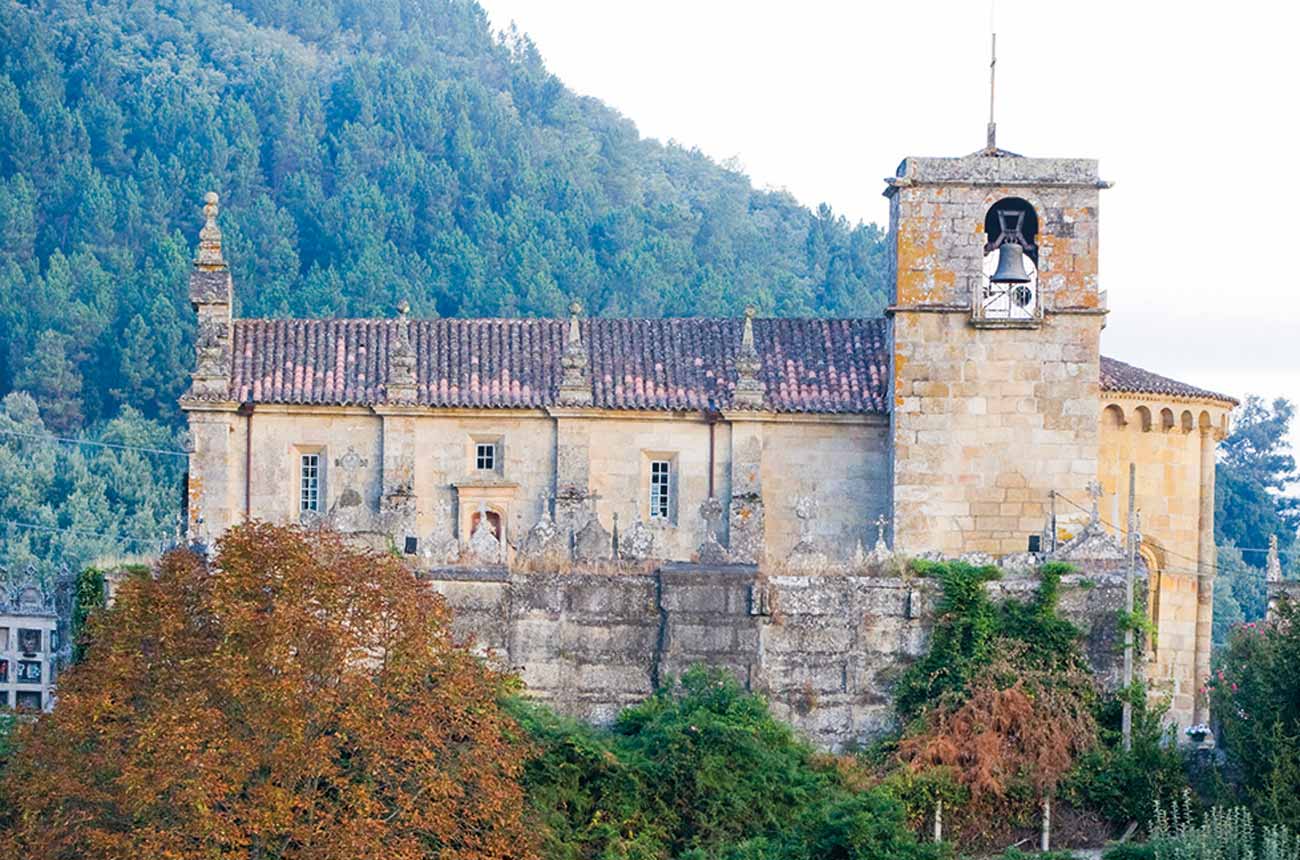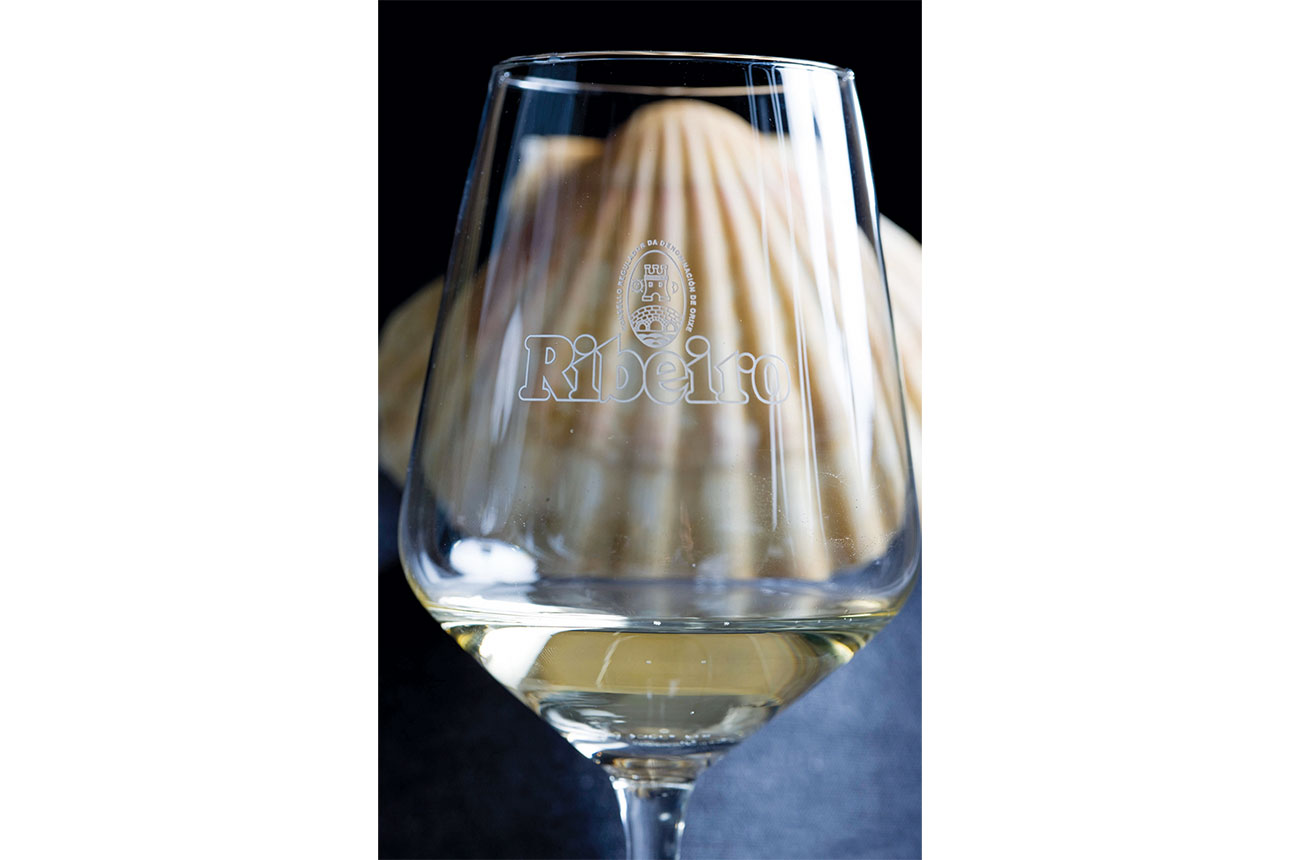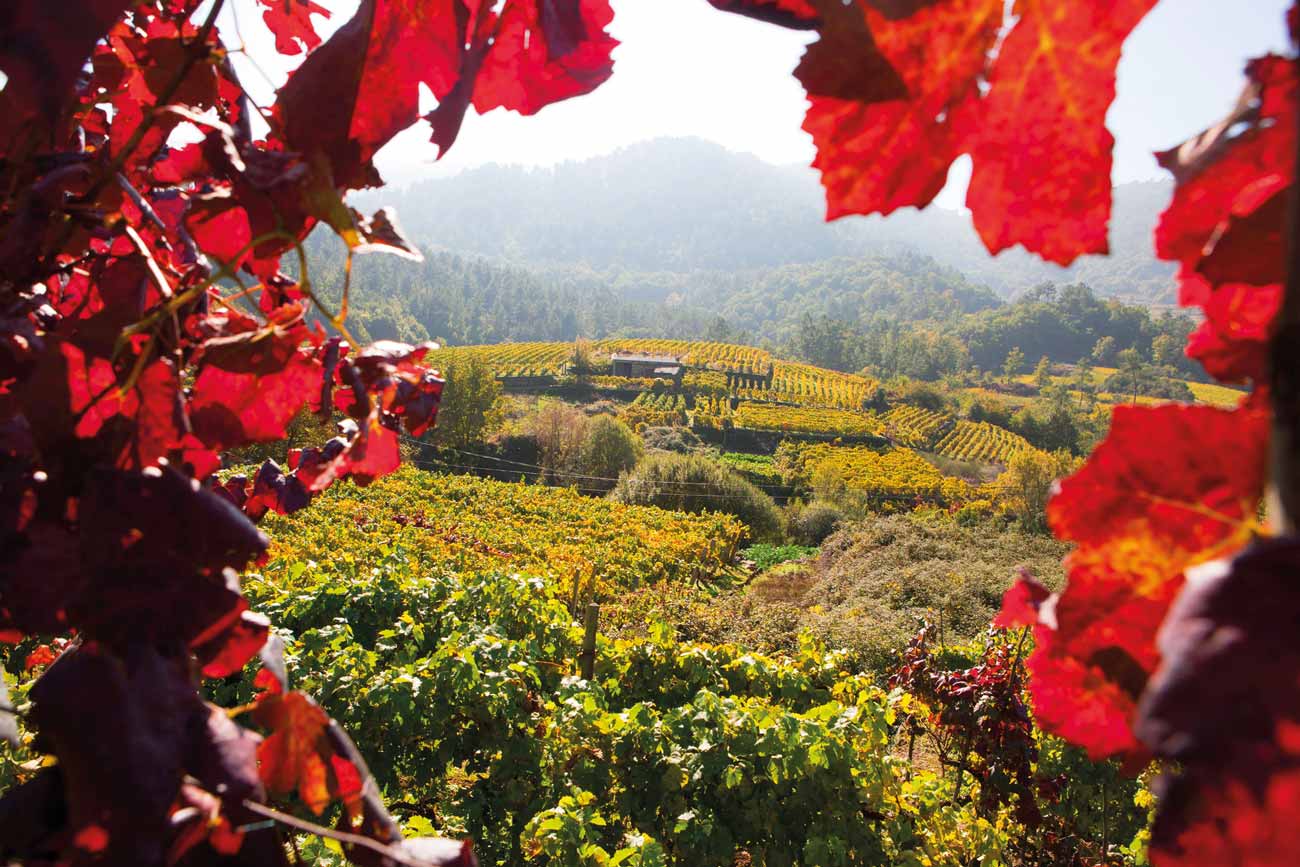Let’s start with a trivia question: Officially established in 1932, which wine region is the oldest Denominación de Origen (DO) in Galicia?
The answer, Ribeiro, will come as no surprise to anyone who has visited Spain and seen first-hand the prominence of Ribeiro’s wines on the shelves of local wine merchants and the pages of restaurant wine lists. Throughout Spain, Ribeiro’s wines have long been regarded as must-stocks, reference points for refreshingly aromatic whites and intriguingly bright-fruited reds.
But in recent years, Ribeiro’s reputation at the forefront of the distinctive winemaking culture of Galicia has been increasingly acknowledged in markets around the world too – not least in the UK, where the unique Ribeiro vinous personality has found favour with buyers looking for wines with balance, freshness and distinctive local character.
A long, distinguished history
The history of winemaking in Ribeiro goes back, of course, much further than 90 years: over the centuries the vine has become deeply embedded in the local culture. Viticulture started with the Romans back in the 1st and 2nd Centuries AD. But it was the Cistercian monks of the 12th century who did most to shape Ribeiro wine as we know it today, with wines from the Avia region finding their way along the pilgrim’s route to Santiago de Compostela, where they were traded by Asturian, Basque, English and Dutch merchants. A couple of hundred years later, they even found their way to the New World, onboard Christopher Columbus’ ship.

The Cistercian monks had recognised that the conditions in Ribeiro – its combination of climate, soil and topography – were ideally suited to the cultivation of high-quality wine grapes. Today, the region, which extends across 1,350 ha of vineyards, is small but perfectly formed, with a gentle, rolling-hilled, green-hued charm to its scenery. It can be found in the northwest of the Galician province of Ourense, at the confluence of three valleys formed by the Miño, Avia and Arnoia rivers.
The vines are planted in terraced slopes, which as well as being delightfully picturesque, provide optimal viticultural conditions with ideal sun-exposure and ventilation. The cooling influence of the Atlantic Ocean (just 45km away) becomes more apparent the higher you go up the hillsides, right up to 450m above sea level, the maximum permitted for varieties approved by the DO.
Overall, the influence of the Atlantic is less pronounced than its proximity might suggest. Mountainous areas provide a shield to the north and west, and while, across the region, conditions are relatively cool in Spanish terms, with an average yearly temperature of 14.5°C and a plentiful annual rainfall of 950mm, balanced by 1,915 hours of sunshine. The result is a set of conditions that are conducive to that winegrowing ideal where alcoholic ripeness develops in tandem with phenolic maturity – and that shapes the region’s trademark balance between plentiful fragrant, succulent fruit and fresh acidity.
Tasting Ribeiro – click here for an overview of the region’s wines and tasting notes for must-try bottles from leading producers
Ribeiro’s valleys
Each of Ribeiro’s three valleys offers a variation on the main Ribeiro theme. In the Avia Valley, which follows the Avia River, the soil is highly varied: alluvial, sandy, granitic, including a wide area of the prized local ‘sábrego’ decomposed granite. The climate has a strong Atlantic influence, and big swings between day- and night-time temperatures in spring and summer: ideal for the slow gentle progress towards optimal phenolic ripeness.
The Arnoia valley comprises two smaller valleys, with the northern San Amaro valley, with its patchwork of small- holdings and soil types (alluvial, granite, and some schist), being much warmer than the higher-altitude southern San Vicente.
Finally, the Miño, the largest of Ribeiro’s sub-regions, with the largest concentration of producers, is also the area with the most obvious Atlantic influence, borne by the Miño River, and, consequently, where the vineyards are planted at the lowest altitude. The soils here are predominantly clay with some granite and alluvial, with orientations almost exclusively to the south.
The Ribeiro patchwork
The unique beauty of the Ribeiro vineyard owes as much to human hand – to Ribeiro’s highly specific winegrowing culture and traditions – as it does to the forces of nature. Ribeiro is a patchwork quilt of a vineyard, the whole 1,350 ha being the sum of 65,000 different plots tended by more than 1,600 wine growers, with 97 registered wineries and colleiteiros, (or harvesters) who produce fewer than 60,000 litres of wine per year from their own, home-grown grapes.
This wonderful diversity – of soil, of topography, of climate, and of growers – is further enhanced and extended by the range of characterful local grape varieties that Ribeiro’s growers can choose from. Although you can find Ribeiro’s grapes – notably Treixadura – made as single-varietal wines, for the most part they are harmoniously styled together into the fragrant, fleshy yet racy and beautifully balanced multi-varietal blends that remain the region’s signature.
The jewel of Ribeiro
With white wine accounting for around 90% of Ribeiro’s production, the most significant variety in the region is without doubt Treixadura. The “jewel of Ribeiro”, Treixadura is for the most part grown in south-facing valleys and slopes, where it yields dry white wines characterised by subtle floral inflections on the nose and succulent stone fruit and citrus, always retaining that crucial high acidity that are the hallmark of all Ribeiro wines.
No less distinctive, Torrontés, which is not the same variety as the eponymous Argentinian, is an early ripener that is generally planted on gentle slopes. Light, elegant and fragrant, it also brings a subtle and attractive twist of bitterness to blends. Fuller in body, Godello, the third-most planted Ribeiro variety, has a mouth-filling lemon curd richness, while Ribeiro’s Albariño is notably full in peachy and floral aromas and texture. The blenders’ palette is further embellished with spicy Lado, elegant Loureira and blossomy, appley Caiño Blanco.
In Ribeiro’s increasingly exciting red blends, meanwhile, Sousón plays the Treixadura role, the bright, tangy, crisp fruit being the backbone of blends alongside the juicy red-fruited Ferrón, the savoury, mouth-filling Brancellao, the elegantly fruited, perfumed Mencía and the youthfully floral Caíño Longo.
Though small in scale of production, and so-far much less known internationally than their widely acclaimed white and red counterparts, we shouldn’t forget two other important Ribeiro styles. Both the balanced, creamy, elegant traditional-method sparkling wines and the naturally sweet “Tostado” wines made from raisined grapes, have a devoted audience in Galicia. And they are very much part of the rich tapestry that is Galicia’s oldest, and one of Spain’s most exciting, DOs.

Discover more about DO Ribeiro here
Explore an extensive Tasting of Ribeiro wines
Connect on: Facebook | Twitter | YouTube | Instagram









